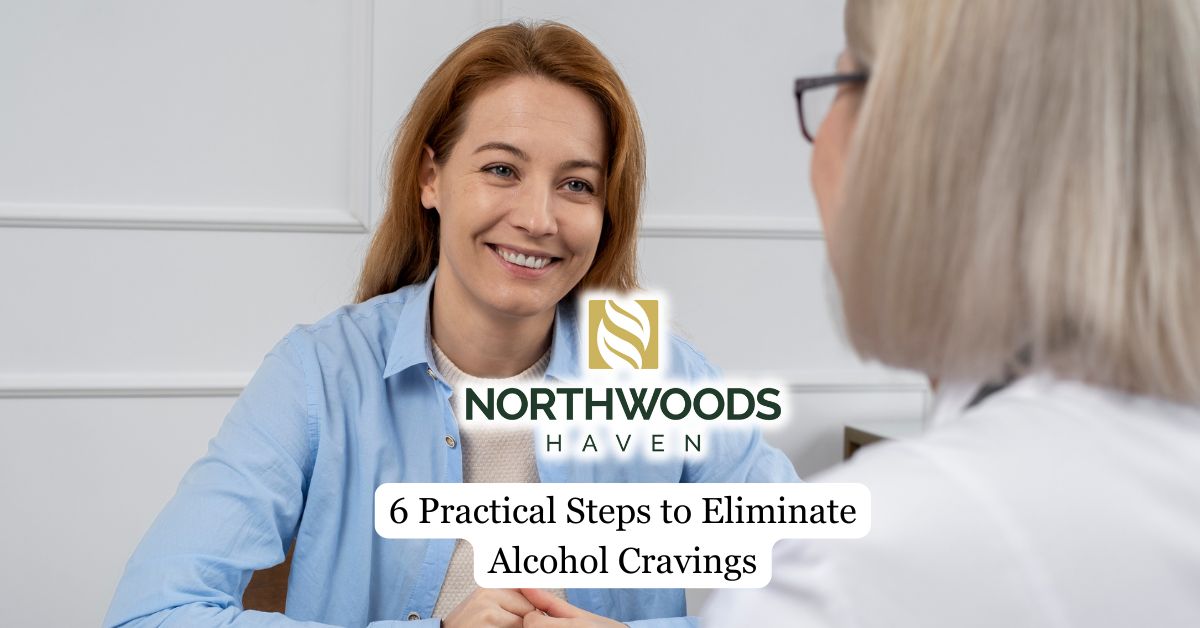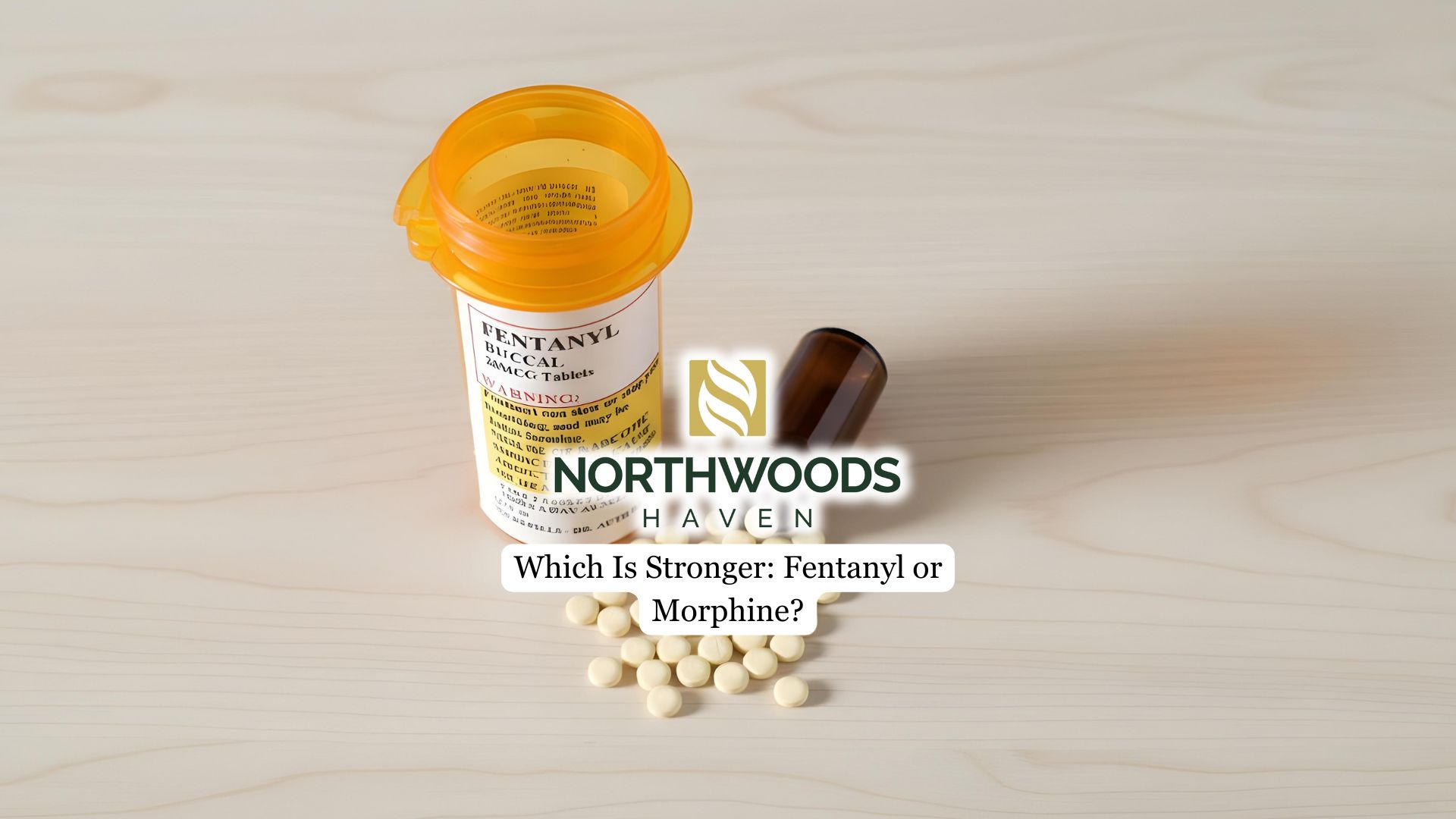Alcohol cravings can be a daunting hurdle on the road to recovery, frequently testing even the most determined individuals. These powerful urges to drink can appear suddenly, endangering progress and potentially leading to relapse. However, it’s essential to recognize that while cravings are intense, they are not unbeatable.
This article intends to equip you with realistic, concrete strategies to effectively cope with and ultimately overcome alcohol cravings.
Identifying Triggers
Triggers can be environmental, emotional, or habitual, and they’re unique to each individual. By identifying your specific triggers, you can develop targeted strategies to manage them effectively.
Environmental triggers include places where you typically drink, like bars or homes with readily available alcohol. These settings can evoke strong cravings, making it crucial to recognize and avoid or manage them.
Emotional triggers, such as stress, anxiety, or loneliness, often lead to seeking relief through alcohol. It’s essential to develop healthy coping mechanisms to deal with these feelings without turning to alcohol.
Habitual triggers involve old routines, like having a drink after work or on weekends. Breaking these patterns and replacing them with positive activities is key.
Keeping a journal to track your cravings and their triggers can help you gain a better understanding of what prompts your desire to drink.
At Northwoods Haven, you’ll discover a nurturing atmosphere where you can implement these practical strategies and cultivate further coping techniques under the guidance of professionals. Our alcohol addiction program is crafted to provide you with the tools and self-assurance necessary to sustain long-term sobriety.
Engaging in Physical Activities
Exercise releases endorphins that boost your mood and create a natural high, reducing the urge to drink.
By incorporating just 30 minutes of moderate exercise most days of the week, you’ll not only improve your physical health but also effectively manage stress and anxiety, which are common triggers for cravings.
Participating in activities like aerobic exercises, sports, or even a brisk walk can serve as a healthy distraction, redirecting your focus away from cravings and decreasing the chances of relapse during high-risk situations.
Joining a gym or community sports team can also provide a supportive network, helping you feel less isolated and more committed to your sobriety journey.

Practicing Mindfulness Techniques
Mindfulness promotes awareness of your thoughts and feelings, allowing you to recognize cravings without acting on them.
Regular practice can decrease stress and anxiety, which are common triggers for alcohol cravings. Engaging in mindful eating can also help stabilize your blood sugar levels, reducing physiological cravings and enhancing your overall well-being.
By incorporating mindfulness into your daily routine, you can improve your focus and clarity, helping you manage your cravings more effectively and avoid impulsive drinking behavior.
Find out what are the symptoms of alcoholism to be more alert about problemating signs requiring professional intervention.
Building a Support Network
Consider joining support groups, such as Alcoholics Anonymous, where you can connect with others who share similar experiences and gain valuable insights. Regular attendance at these meetings has been linked to increased recovery success and lower relapse rates.
Engaging with community organizations focused on sobriety can further enhance your understanding of addiction and provide a sense of belonging.
If your relationships have been impacted by alcohol misuse, couples or family counseling can help heal wounds and reinforce a supportive environment essential for your recovery.
Distraction Techniques
Keep a list of engaging tasks or activities handy, so you can take immediate action when cravings arise.
Engaging in physical activities, such as taking a brisk walk or hitting the gym, can effectively shift your focus away from cravings for alcohol while releasing mood-boosting endorphins.
Immersing yourself in hobbies like painting, gardening, or playing an instrument provides a creative outlet that occupies your mind and makes managing urges easier.
Mindfulness techniques, including meditation and deep breathing exercises, ground you in the present moment, reducing the intensity of cravings. Reaching out to friends or participating in group activities offers social support and lessens the overwhelming desire to drink.
Read more about alcohol withdrawal, the symptoms and risks associated with this process:
Environment Modifications
Begin by removing all alcohol from your home and social environments to minimize temptation and reduce the likelihood of impulsive drinking.
Create a designated alcohol-free zone in your living space to foster a sense of safety and comfort, promoting healthier habits and behaviors. Surround yourself with supportive individuals who respect your decision to avoid alcohol, as this can enhance your commitment and decrease cravings in social situations.
Establish new routines that don’t involve alcohol, such as engaging in outdoor activities or joining clubs focused on hobbies, to divert attention away from drinking triggers.
Keep an organized and clutter-free environment to reduce stress and anxiety, as a calm atmosphere is less likely to provoke cravings associated with emotional triggers.
Final Thoughts from Northwoods Haven Recovery
At Northwoods Haven in Minnesota, we provide top-notch, individualized care for those struggling with alcohol addiction. Our knowledgeable staff recognizes the intricacies of alcohol cravings and offers personalized plans to assist you in overcoming them. By integrating research-backed therapies with a whole-person approach, we tackle not only the physical aspects of addiction but also the emotional and mental components.



